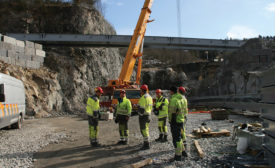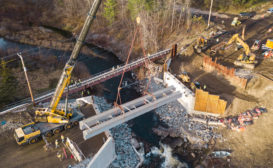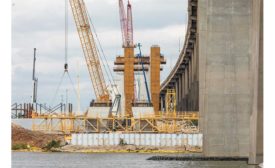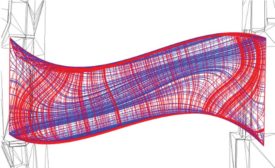Home » Keywords: » Bridge Design
Items Tagged with 'Bridge Design'
ARTICLES
ENR 2021 Top 25 Newsmakers
Novel Fiberglass Girders Extend Life of Maine Bridge
Composite tub girders with no concrete reinforcement are also being designed for bridges in Rhode Island and Florida
Read More
The American Infrastructure
In the Shadow of Massachusetts' Braga Bridge
The characters in the book 'Fall River Dreams' include a cantilever truss bridge
Read More
Transportation Infrastructure
Turkey Starts Dardanelles Suspension-Bridge Project
The structure will have a main span of 2,023 meters
Read More
Global Infrastructure
The 10 Longest Floating Bridges in the World
A survey of pontoon bridges that push the limits of the technology
Read More
Transportation
London Mayor Pulls Plug on Garden Bridge Project
Backers were unable to secure private funding for Thomas Heatherwick's $255-million green scheme
Read More
The latest news and information
#1 Source for Construction News, Data, Rankings, Analysis, and Commentary
JOIN ENR UNLIMITEDCopyright ©2024. All Rights Reserved BNP Media.
Design, CMS, Hosting & Web Development :: ePublishing














